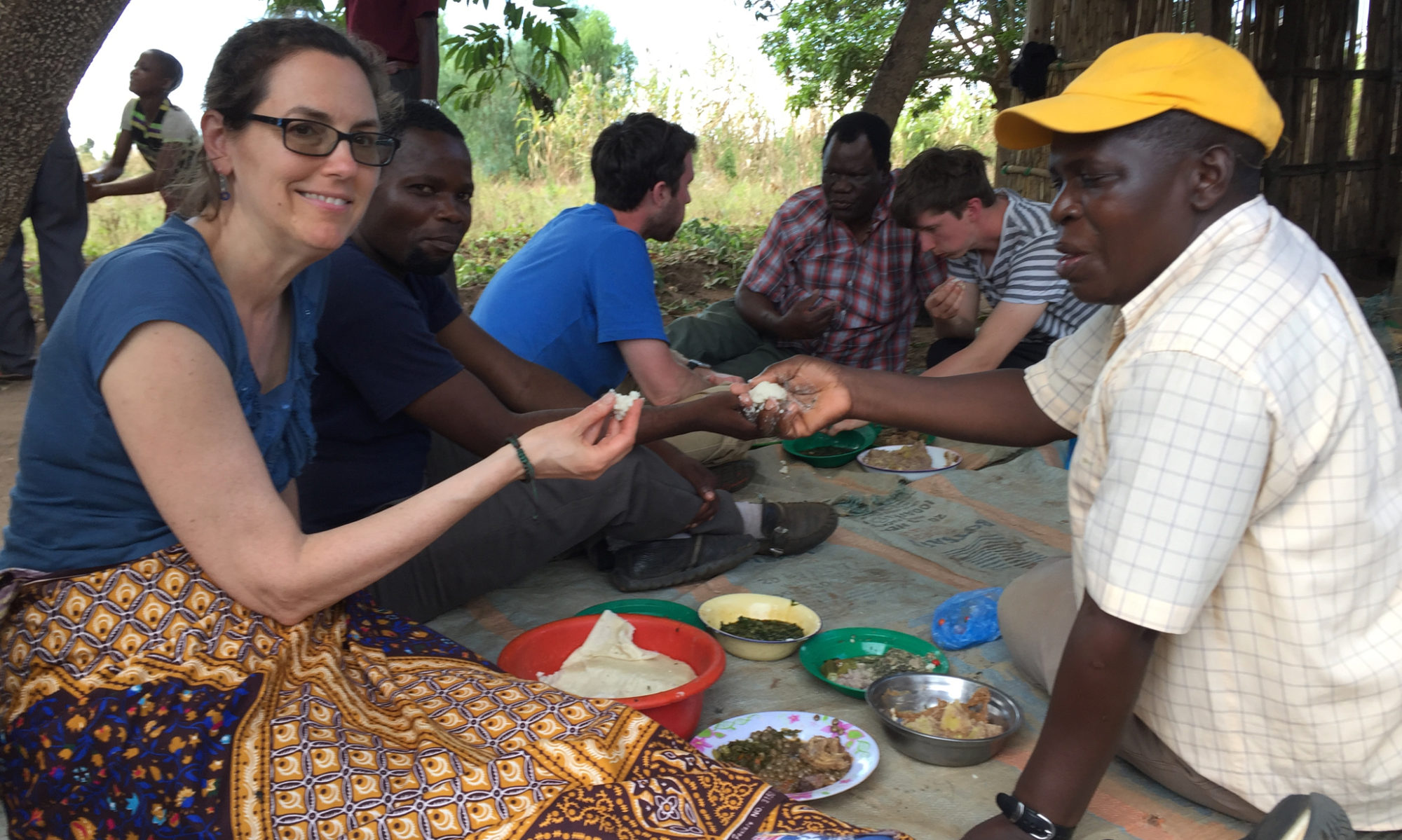Valentine’s Day, often synonymous with chocolates, fine dining, and lavish desserts, can sometimes be challenging for those mindful of their health and nutrition. However, celebrating love doesn’t have to mean compromising on health. This article will explore creative and delicious ideas for healthy Valentine’s Day snacks that are satisfying and kind to your body.
Fruit and Chocolate Delights
Start with a classic duo – fruits and chocolate. But instead of the usual milk chocolate, opt for dark chocolate with a high cocoa content. It’s not just delicious; dark chocolate is also rich in antioxidants. Dip strawberries, banana slices, or orange segments in melted dark chocolate and let them cool. These treats offer the perfect blend of sweetness and health, providing vitamins and fiber from the fruits and the heart-healthy benefits of dark chocolate.
Heart-Shaped Veggie Platter
Vegetables may not scream romance, but a heart-shaped veggie platter can be a fun and healthy addition to your Valentine’s Day spread. Use cookie cutters to shape cucumbers, bell peppers, and carrots into hearts. Serve them with hummus or a Greek yogurt dip for a snack that’s not only nutritious but also visually appealing.
Nutty Love Bites
Nuts are an excellent source of healthy fats, proteins, and fiber. Create your nutty love bites by mixing almonds, walnuts, or pecans with a little honey and a sprinkle of cinnamon or cocoa powder. These small, energy-packed snacks are perfect for nibbling throughout the day and can be a healthy alternative to sugar-laden treats.
Healthy Homemade Granola Bars
Homemade granola bars can be a fun and healthy snack to prepare. Mix oats, nuts, seeds, and dried fruits and bind them with honey or maple syrup. Add a pinch of salt and vanilla extract for extra flavor. Bake until crispy, cut them into bars or hearts, and have a wholesome and satisfying snack.
Yogurt Parfaits with a Twist
Layer Greek yogurt with fresh berries and a sprinkle of homemade granola for a simple yet elegant Valentine’s treat. To add a festive touch, layer these ingredients in a clear glass and top with a drizzle of honey or a few dark chocolate shavings. Not only is this snack visually appealing, but it’s also packed with protein and antioxidants.
Savory Stuffed Peppers
For those who prefer savory over sweet, try mini stuffed peppers. Fill them with a mixture of quinoa, black beans, corn, and some cheese. They’re colorful and satisfying while balancing protein, fiber, and healthy fats.
Avocado Chocolate Mousse
Avocado in a dessert? Absolutely! Blend ripe avocados with cocoa powder, a sweetener, and a splash of vanilla extract to create a deliciously creamy chocolate mousse. It’s a nutrient-rich alternative to traditional mousse, offering the goodness of avocados, which are high in beneficial fats and fiber.
Zucchini Brownies
Lastly, try baking zucchini brownies for the chocolate lovers who can’t resist a good brownie. Grated zucchini adds moisture and a bit of nutrition to this beloved dessert, and when combined with whole wheat flour and reduced sugar, it becomes a healthier treat that still satisfies your sweet tooth.
Conclusion
Valentine’s Day doesn’t have to be a day of overindulgence in unhealthy foods. With a bit of creativity and some healthy ingredients, you can prepare delicious snacks. These ideas prove that you can celebrate love and your health simultaneously. Enjoy these treats with your loved ones and make this Valentine’s Day memorable and health-conscious.
Dr. Barbara R. Edwards is a practicing internist at Penn Medicine Princeton Health, also serving as the Academic Director for the Ambulatory Residency Program at the same institution.






